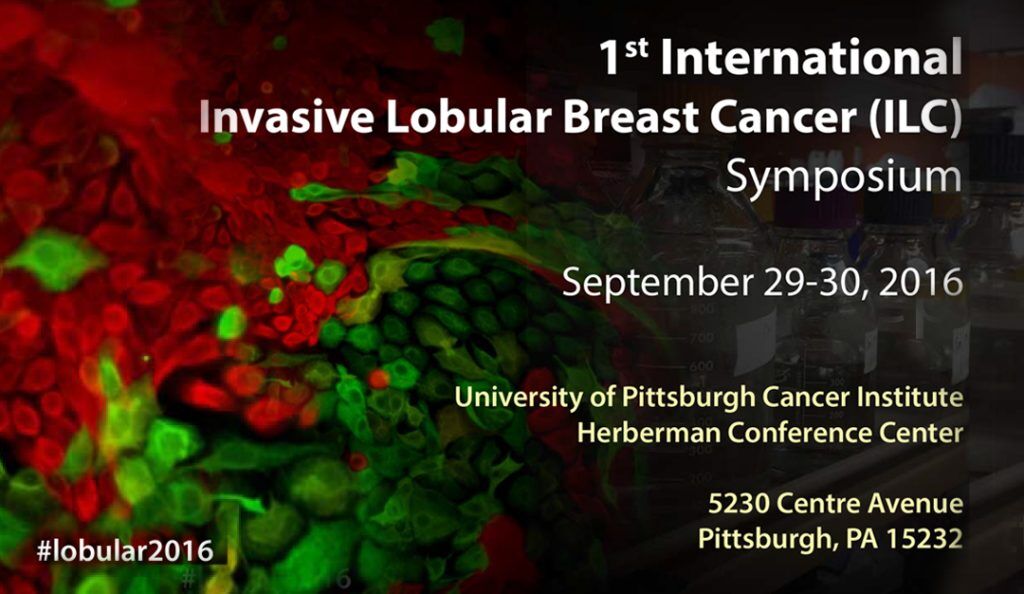Each year 250,000 women, and a few men, hear the news they have invasive breast cancer. The majority of these are called “ductal carcinoma,” because the cancer starts in the cells that line the ducts within the breast. About 10-15% of these newly diagnosed each year, or 24,000-36,000 women and some men, have “lobular carcinoma.” Much less in known about the biology of lobular breast cancers, in part, because they are less common and therefore less studied.
To better understand ILC it is helpful to understand the anatomy of the breast [BreastCancer.org image]. The main function of the breast is to lactate, that is produce milk, to breastfeed. Each breast has 15 to 20 sections, or “lobes,” that surround the nipple like spokes on a bicycle wheel. Inside each lobe are smaller lobes, called lobules. The lobule is made up of the cells required to produce milk. Lobules and lobes are linked together by small tubes called ducts – think of the pipes bringing the water to the faucets in different rooms of your house – but in the breast these ducts carry the milk to the nipple.
BCRF investigators Dr. Steffi Oesterreich and Dr. Nancy Davidson of the University of Pittsburgh Cancer Institute, alongside Dr. Otto Metzger of the Dana-Farber Cancer Institute and advocate Heather Hillier, are co-chairing the 1st International Invasive Lobular Carcinoma (ILC) Symposium on September 29-30 to discuss the current state of knowledge about the disease. This first-of-its-kind symposium focused on lobular breast cancer will bring together nearly 150 experts from around the globe to discuss what is known, and what gaps remain in our understanding of ILC. The goal of meeting is to stimulate new ideas for personalizing care and to energize the field to accelerate research for this rare form of breast cancer.
BCRF is a proud sponsor of this symposium that will stimulate collaboration among laboratory and clinical experts and patient advocates to advance our understanding of the biological and clinical attributes of ILC. Discussions from this focused two-day meeting will lead to new ideas for personalizing therapy for this disease and addressing a major understudied area, ultimately resulting in improved outcomes for patients with this disease.







